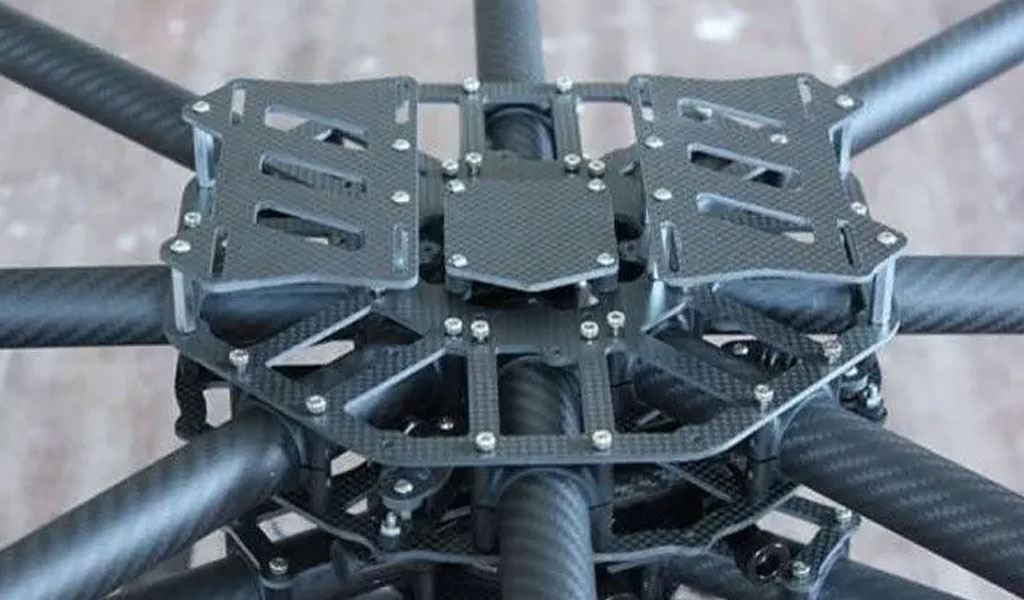
Composite materials have been widely used in drone aircraft machining due to their excellent comprehensive properties. Composite materials are highly variable. Designers can design lightweight and highly elastic composite material structures based on actual needs. They can directly spray an invisibility layer on the composite material, or embed sensors and intelligence into the composite material structure. chip to realize real-time monitoring and intelligent control of drones. Sandwich structures and laminate structures are the main forms of UAV composite structures. Wing-body fusion structures are typical composite structural applications. This type of structure and related manufacturing technologies have also become an important direction for the development of UAV manufacturing.
In the design and micro manufacturing of drones, in order to achieve its structural elasticity and stiffness distribution requirements, the laying angle and number of layers of materials are often adjusted. Glass fiber, carbon fiber, epoxy resin and bismaleamide resin are all common reinforcement materials for composite manufacturing parts, among which carbon fiber composite materials are one of the most popular composite materials at present.
Be-Cu composite materials have profound technical accumulation in carbon fiber UAVs. They not only serve civilian UAV manufacturers, but also have made great achievements in military UAVs, such as the carbon fiber stealth UAV developed for a military industrial unit. According to the latest feedback, its products have significant weight reduction effects and have successfully passed subsequent verification tests to meet usage needs. According to Be-Cu composite material technicians, there are mainly four commonly used molding processes for UAV composite components:
Vacuum Bag Forming
The vacuum bag molding process is simple and does not require excessive investment in the early stage. The operation difficulty is moderate, but the molding pressure is relatively small, so it is suitable for the production of composite material components that do not have high quality standards. In actual drone manufacturing, vacuum bag forming technology is mostly used in the manufacturing of honeycomb sandwich structures and laminate structures not exceeding 1.5mm.
In the manufacturing of small low-speed UAVs, vacuum bag molding technology can meet the production requirements of most metal and plastic parts. Compared with autoclave molding, vacuum bag molding has a significant cost advantage. Therefore, in the manufacturing and processing of low-speed UAV composite materials Has been widely used. Before formal vacuum bag forming, operations such as prepreg paving and wet paving are often used.
In the actual production process, wet operations are easily affected by human factors, resulting in uneven glue application. This situation is especially obvious in the forming of sandwich structures. In addition, unreasonable painting directions can easily lead to bending and changes in fiber directions, threatening the stability of composite parts. The use of prepreg paving will not cause the above problems, the glue will be applied more evenly, and the stability of the parts can also be guaranteed.
Molding
The molding process combines the advantages of autoclave molding technology and vacuum bag molding technology, and the molding process is relatively simple. Composite materials with a foam sandwich structure, such as the rudder surface of drones, mostly use this molding process. Compression molding is to first make a foam core and lay it on the skin. The laid foam core can be placed into the mold, where the composite material is compressed and solidified.
Molding technology has high efficiency in manufacturing components, high molding pressure, moderate equipment investment and component production costs, and good economics. Applying this process to the manufacturing of drone wings can ensure the appearance quality and wing shape accuracy of the drone wings, and improve the overall manufacturing quality of the drone. The selection of the pressurizer is the most critical process of this process. .
The compression molding process is an excellent process for the production of foam sandwich composite components. Combining it with the foam core foaming process is conducive to the advancement of this technology and the development of drone manufacturing.
Low Temperature Molding Technology
Low-temperature molding technology can be regarded as a supplement to autoclave molding technology. The cost and energy consumption of the autoclave molding process are relatively high, so more and more countries are beginning to study other composite material molding technologies. Low-temperature molding technology is a process that solidifies materials at 60-80°C. Low-temperature polymer resin can be molded through this technology.
This technology has wide applicability and is not limited by the size of the material manufactured, and the material can be cured directly at normal temperature and pressure. There is no significant difference in the performance of components manufactured using low-temperature molding technology and that of products molded at high temperatures of 120 to 180°C. Currently, this technology is used in Lockheed, Boeing UAVs and X-36 demonstrator aircraft. Low-temperature molding The application of molding technology can significantly reduce the manufacturing cost of drone composite materials.
Autoclave Molding
UAV composite components manufactured using the autoclave molding process have lighter relative weight, excellent mechanical properties, better internal quality and a more uniform resin content. For UAVs with high speed requirements, the composite components and main load-bearing components are often manufactured using the autoclave molding process. However, the autoclave molding technology also has certain shortcomings. This process has high requirements for equipment, high initial investment and processing costs, and relatively poor economics.
For the production and manufacturing of drones with limited budgets, low-temperature and low-pressure molding technology is often chosen to replace this technology. However, in general, the autoclave molding process is still a high-performance molding process for composite materials. The auxiliary materials for the autoclave molding process are bagged in the order of mold, isolation material, block, blank, glue-absorbing material, cover plate, breathable felt, vacuum bag and sealing tape.
During the autoclave molding process of composite materials, the interaction between resin flow, heat transfer, chemical cross-linking and void formation increases the difficulty of controlling the autoclave molding process, and processing defects such as poor glue and high porosity are prone to occur. . In order to ensure the quality of composite components, the pressure and temperature curves of the autoclave process must be well controlled. At present, relevant scholars and industry technicians have also established models that can simulate dynamic changes, resin flow, heat transfer and other phenomena during the autoclave molding process to guide actual production.
The seemingly inconspicuous carbon fiber is actually a dark horse in the rapid prototype material industry. Carbon fiber is only one-tenth the thickness of a hair, and its tensile strength can reach 7-9 times that of steel, but its weight is only 1/4 of the dry weight. , so carbon fiber products have been applied in many fields. Molding is the main molding process of carbon fiber products. In this article, let’s take a look at the molding of carbon fiber products.
First, the mold needs to be cleaned to ensure it is clean and tidy, and then a layer of release agent is applied to the mold, and then the cut carbon fiber prepreg can be attached to the mold. The mold is sent to the press and cured at high temperature. The products produced by the molding process have a high carbon fiber content, very few carbon fibers that are not infiltrated by resin, and the surface of the product is smooth and flat, and the strength retention rate is high.
In compression molding, the temperature determines the heat transfer of the mold to the material, and has a great influence on the melting, flow and solidification process of the material. The pressure can close the mold tightly and densify the material, which ensures the flow of the melt and balances the pressure generated by the volatilization of the material in the cavity. The length of time is an important indicator to ensure curing.
China Be-cu Prototype Material Technology Co., Ltd. is a manufacturer that develops and manufactures carbon fiber components such as rail transit, automotive industry, medical equipment, etc. The company’s products are made of well-known brand raw materials from Taiwan and Japan, and are committed to bringing customers High quality carbon fiber products.
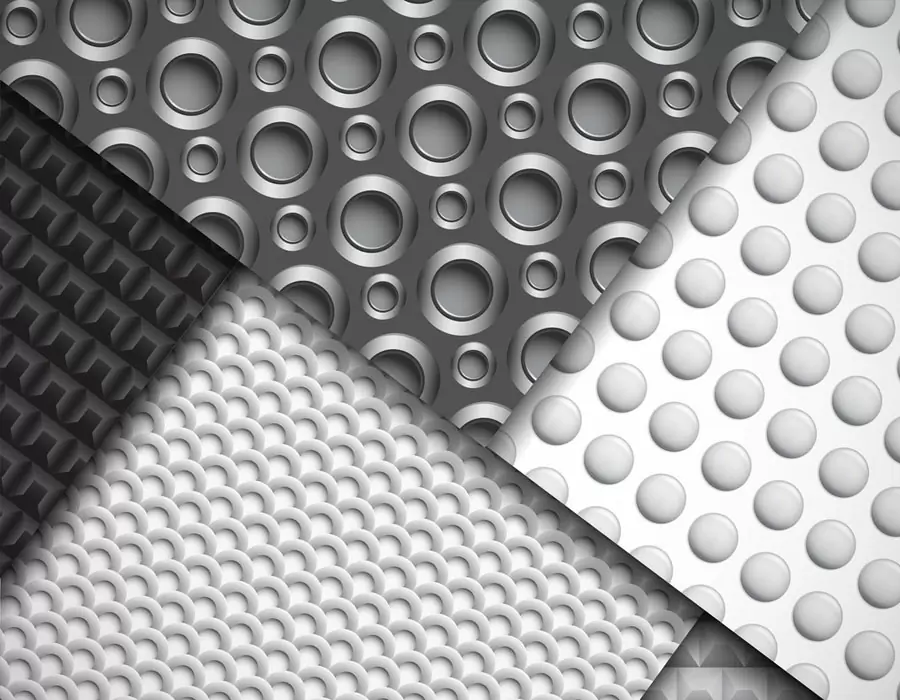
ISO 9001 certified. BE-CU Prototype Offering CNC machining carbon fiber and other manufacturing services for carbon fiber marterial. Various capabilities include notching, labeling, drilling carbon fiber, grinding, laser cutting carbon fiber, finishing, plating, marking, CNC milling carbon fiber and turning carbon fiber.We stock high quality 3k carbon fiber sheet in a variety of thickness, types and finish. Its a great material used in applications where light weight and strength are needed such as drones. Unlike other workshops, we have no min order and are often filling orders with a single part. We also don’t make you pay for the full sheet and you only get charged for what is used. With a large selection of material, you should find everything you need to make your project come to life. We are also able to handle larger production runs and provide a competitive pricing. If we don’t have the material or finish you require, we are more the willing to look at bringing it in for you.
What Is Carbon Fiber?Carbon fiber is made of polyacrylonitrile (PAN) (or pitch, viscose) and other organic fibers by carbonization (removal of most elements except carbon) by pyrolysis method under inert gas at high temperature above 1,000 °C. Inorganic polymer fibers with a carbon content of more than 90%.
-

3D Printing Continuous Fibres
-

3D Printing Short Fibre Filled Wires
-
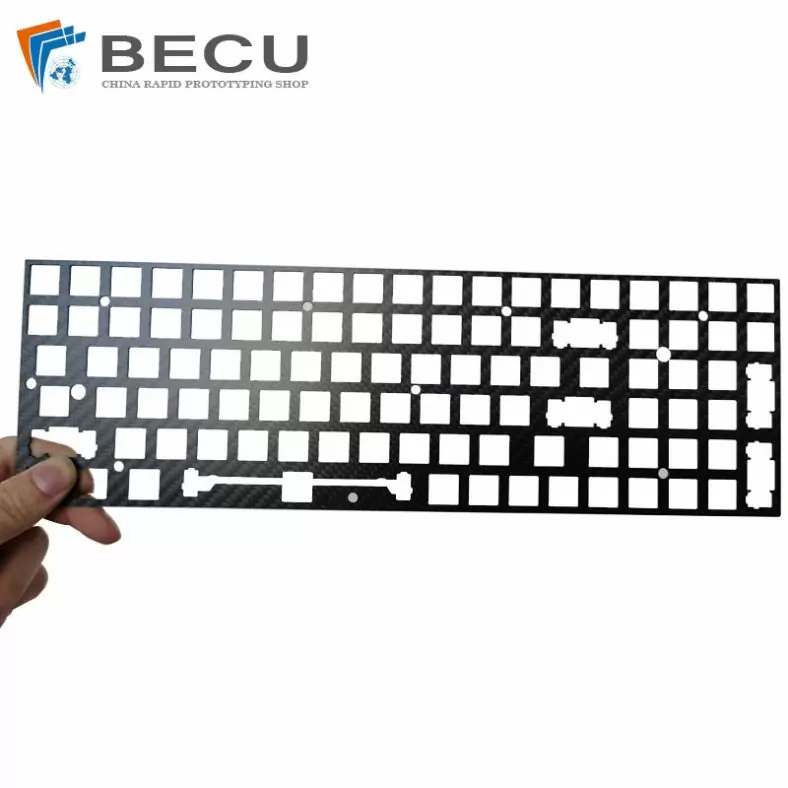
Laser Cutting Carbon Fiber Positioning Keyboard
-

Cnc Turning Industrial Copper-Aluminum Clad Carbon Fiber Machinery Parts
-
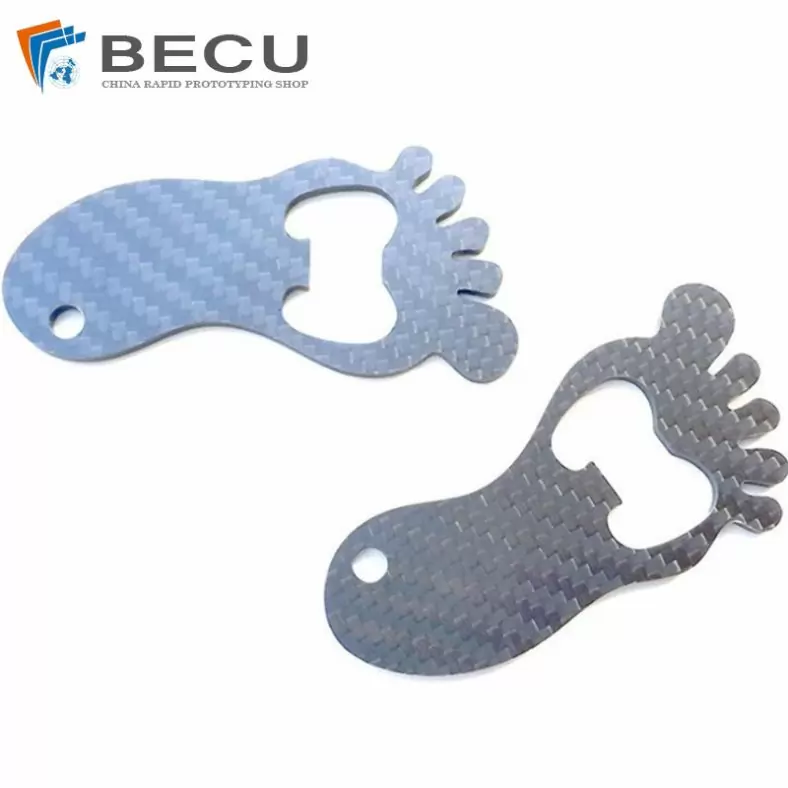
Carbon Fiber Luggage Tag Ornaments
-
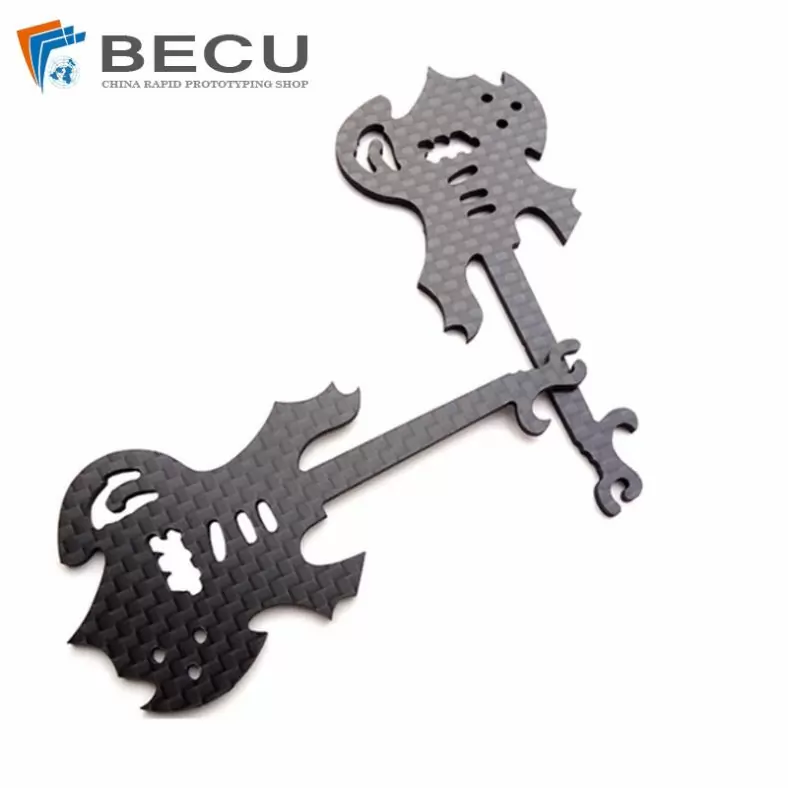
Laser Cutting Carbon Fiber Guitar Shape Crafts
-
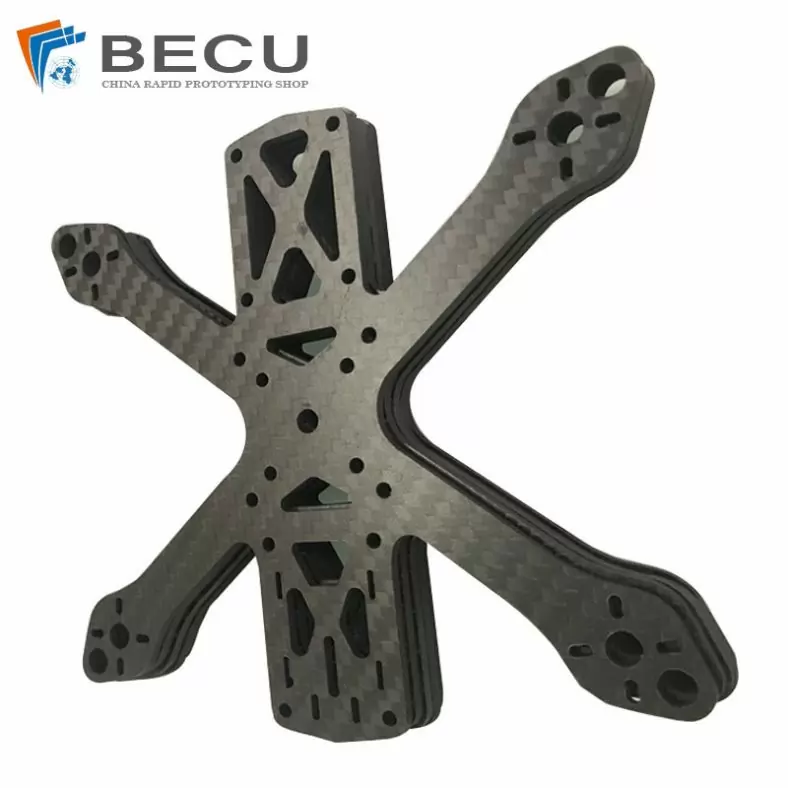
Laser Cutting Carbon Fiber Drone Rack
-
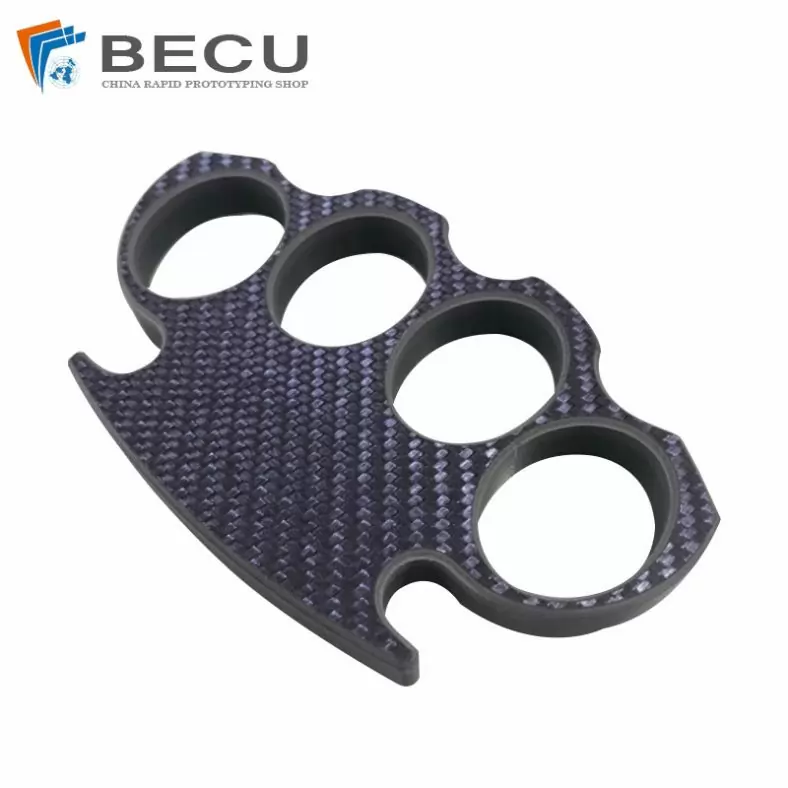
Cnc Milling Carbon Fiber Finger Buckle
